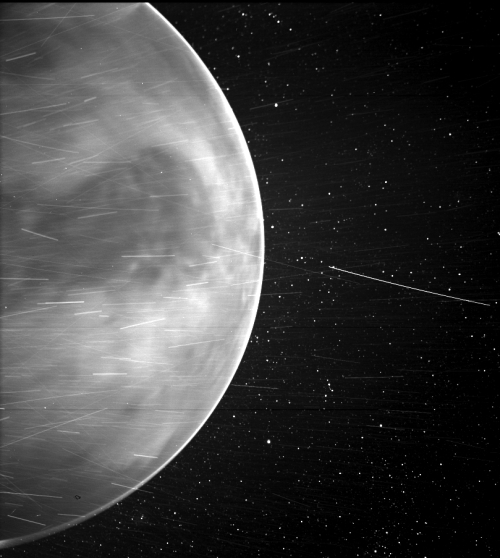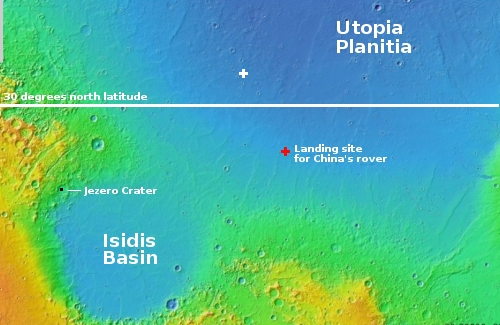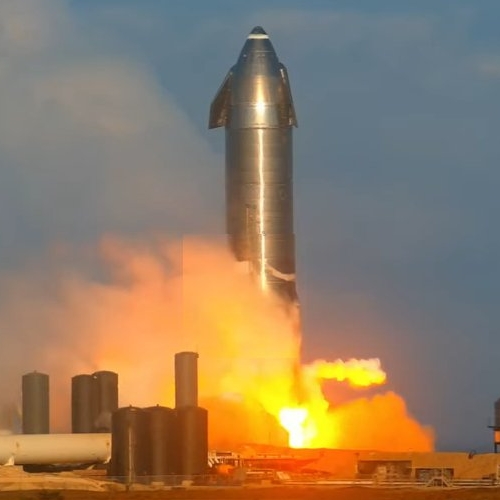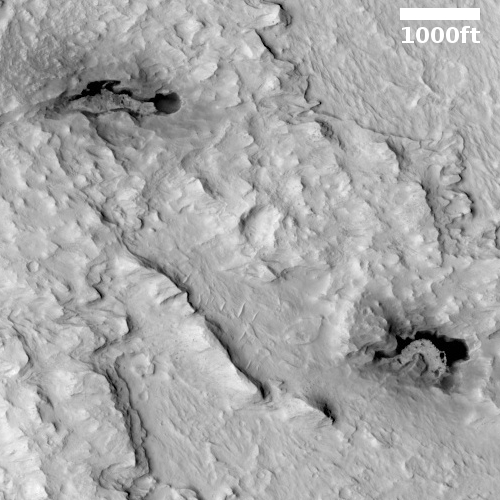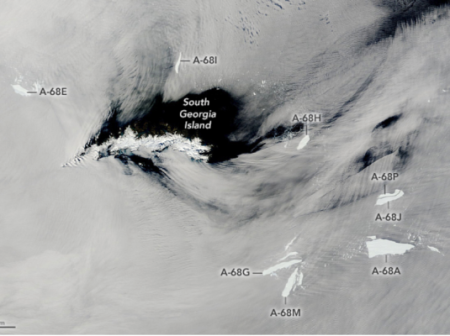China commits to building its own SLS
The new colonial movement: China yesterday officially announced that it has approved construction of a heavy-lift rocket, dubbed Long March 9, that would by 2030 be able to put 140 tons into orbit.
The rocket is planned to have a lift capacity of 140 metric tons, with the capability of sending 50 or more tons into lunar orbit. It would be an immense vehicle, with a 10-meter diameter core and 5-meter side boosters. China would also like to eventually make the rocket, or at least part of it, reusable.
China is also developing another large rocket more comparable to the Falcon Heavy, though this other rocket has no name and information about it is more scarce.
Both projects indicate the long term commitment of the Chinese government to its space program. They also indicate that the present-day international competition to get into space is fueling far more development than the last forty years of international cooperation.
Whether these giant government rockets from China will be practical and efficient is an unanswered question. Just building something to compete is not the same thing as actually competing. The rockets have to be affordable, with the ability to launch frequently to make in-space exploration possible. If not, they will nothing more than big photo ops for incompetent politicians, kind of like SLS is for the U.S.
The new colonial movement: China yesterday officially announced that it has approved construction of a heavy-lift rocket, dubbed Long March 9, that would by 2030 be able to put 140 tons into orbit.
The rocket is planned to have a lift capacity of 140 metric tons, with the capability of sending 50 or more tons into lunar orbit. It would be an immense vehicle, with a 10-meter diameter core and 5-meter side boosters. China would also like to eventually make the rocket, or at least part of it, reusable.
China is also developing another large rocket more comparable to the Falcon Heavy, though this other rocket has no name and information about it is more scarce.
Both projects indicate the long term commitment of the Chinese government to its space program. They also indicate that the present-day international competition to get into space is fueling far more development than the last forty years of international cooperation.
Whether these giant government rockets from China will be practical and efficient is an unanswered question. Just building something to compete is not the same thing as actually competing. The rockets have to be affordable, with the ability to launch frequently to make in-space exploration possible. If not, they will nothing more than big photo ops for incompetent politicians, kind of like SLS is for the U.S.

